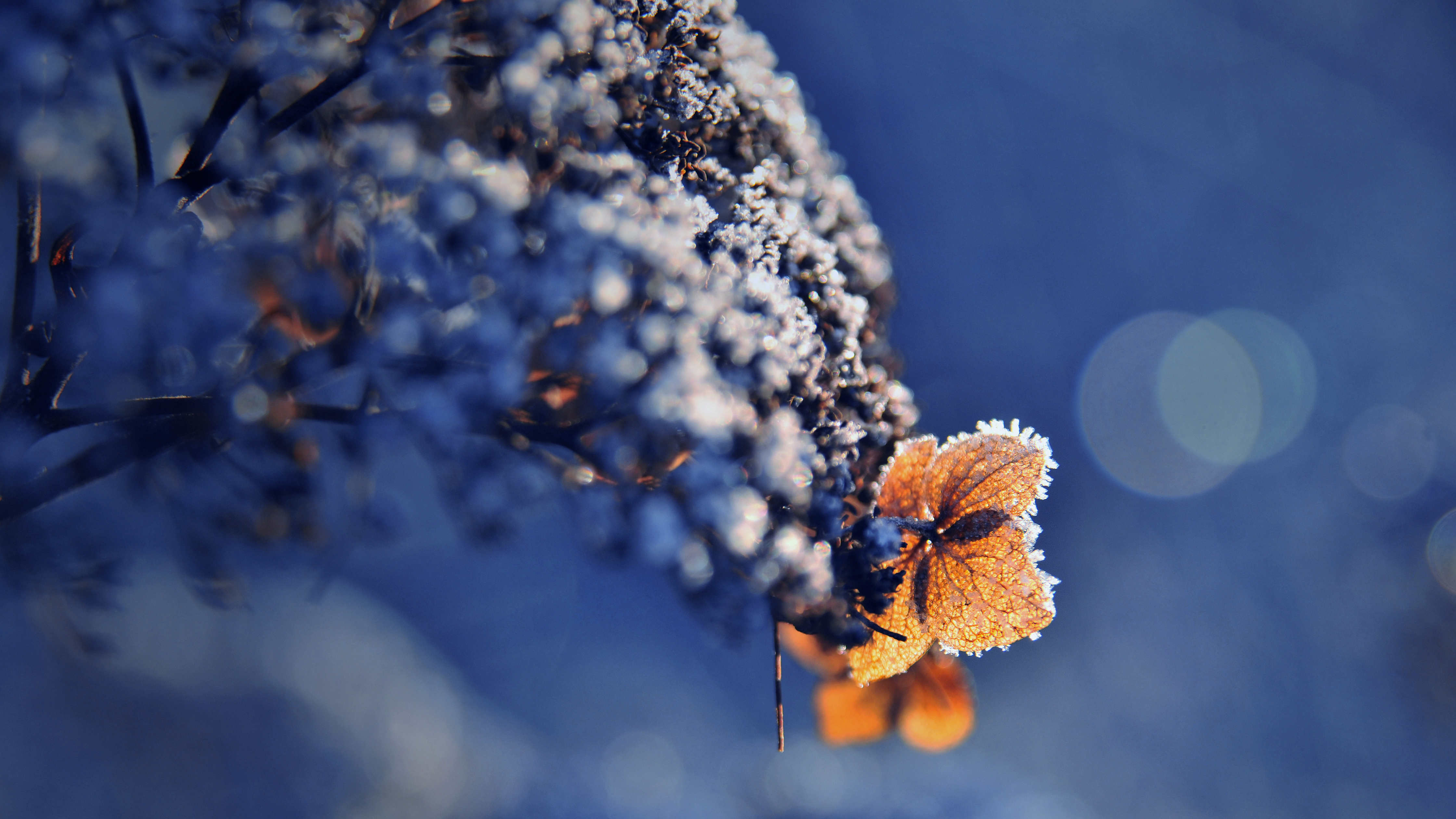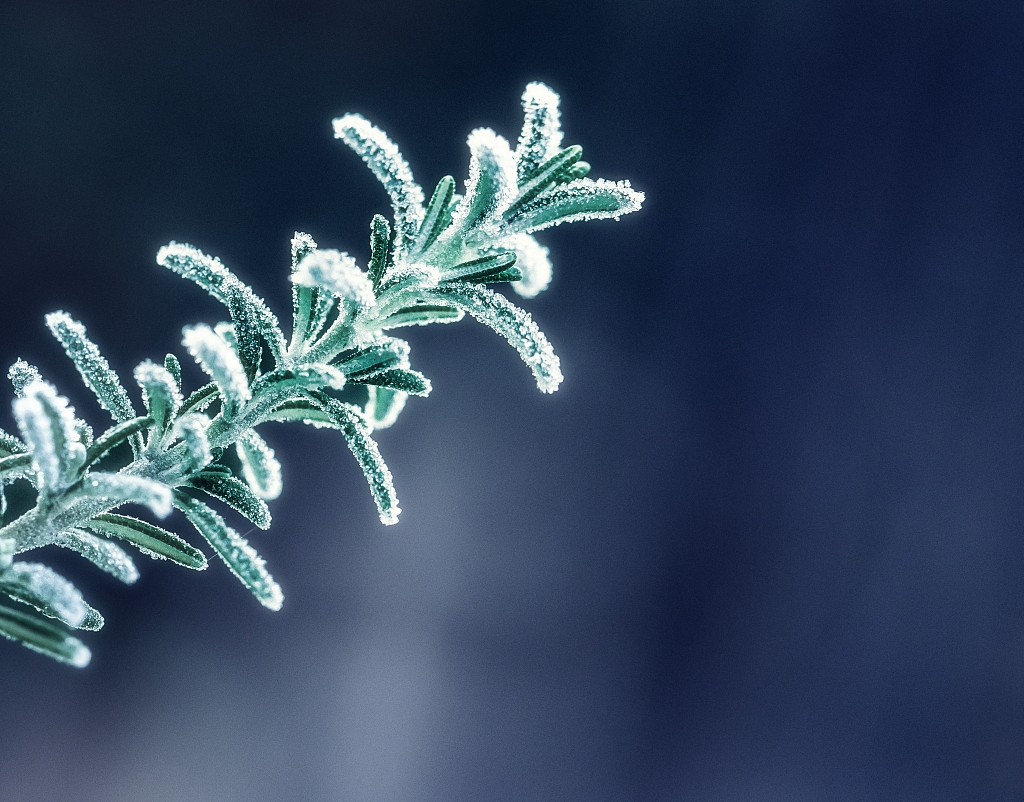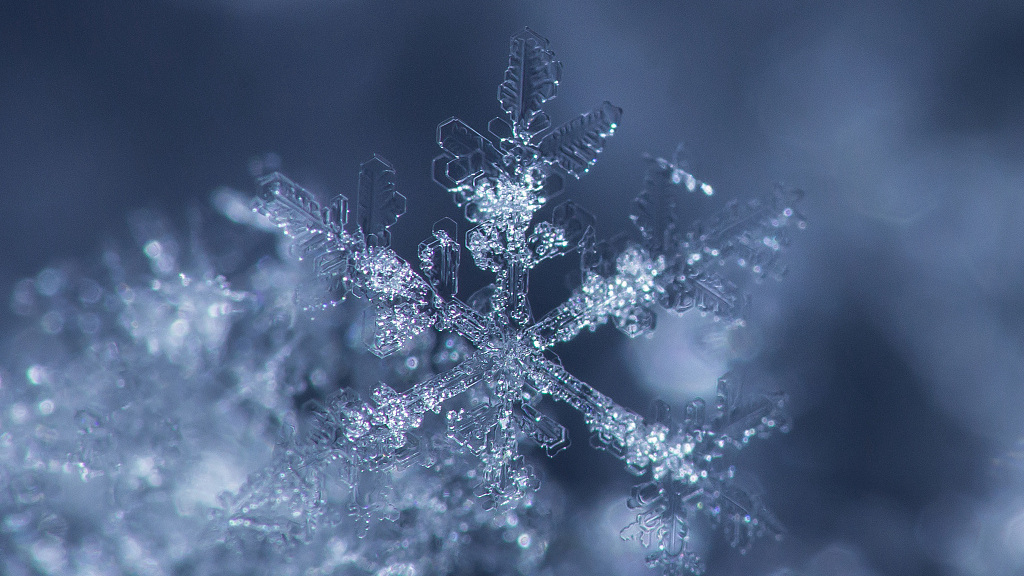In the microbe world, there is a bacterium we love them but we also hate. This bacterium, known as the Pseudomonas Syringae, can turn water into an ice crystal. P. Syringae has killed many plants by freezing them. On the other side, it also could be an important factor in making snow.

Pseudomonas Syringae has killed many plants by freezing them. /VCG Photo
Pseudomonas Syringae has killed many plants by freezing them. /VCG Photo

Crop freezing has been a serious problem as the freezing can damage the plants structure and lead it to death. /VCG Photo
Crop freezing has been a serious problem as the freezing can damage the plants structure and lead it to death. /VCG Photo
Crop freezing has become a serious problem as the freezing damages the plant's structure, killing it. In 1961, while Paul Hoppe was studying the crop freezing problem, he found that one bacterium was the main reason behind the problem. This bacterium, later named as P. Syringae, is a rod-shaped bacterium with polar flagella that can turn water into snow or ice.

A protein InaZ, located on the surface of P. Syringae, can organize the water molecules into an ice structure. /VCG Photo
A protein InaZ, located on the surface of P. Syringae, can organize the water molecules into an ice structure. /VCG Photo
How does this bacteria freeze the plants? According to the studies, as temperature drops below negative 2 degree Celsius, the InaZ protein, located on the surface of P. Syringae, starts to organize the water molecules into an ice structure. As the desired conditions get created, the water on the leaves slowly turns into ice crystals.
As the bacteria freeze the plants, it remains alive by absorbing the plant's nutrition. However, it also damages the plant tissue and produces a toxin that kills the plant cells.

Some scientists suggested that this bacterium might be related to the snow making. /VCG Photo
Some scientists suggested that this bacterium might be related to the snow making. /VCG Photo
Even though this bacterium is harmful to plants, humans like it as it's very wintery. Some scientists suggested that this bacterium might be related to the snow making as they found this bacterium existed in the snowflakes collected from different locations. However, the global impact of P. Syringae on ecosystems and weather systems still remains unclear.
Micro earth
People often find it hard to understand the presence and role of microbes in their daily lives. They are hard to see, but they are everywhere. In this series, CGTN focuses on some of the smallest organisms in nature, and explores how these powerful organisms can save or destroy us.
Read more:
How one micro-animal could help humans travel to Mars
Glowing Bacterium: The secret of the glowing bobtail squids
What causes the 'earthy smell' after rain?
(All images via VCG)
(If you want to contribute and have specific expertise, please contact us at nature@cgtn.com.)